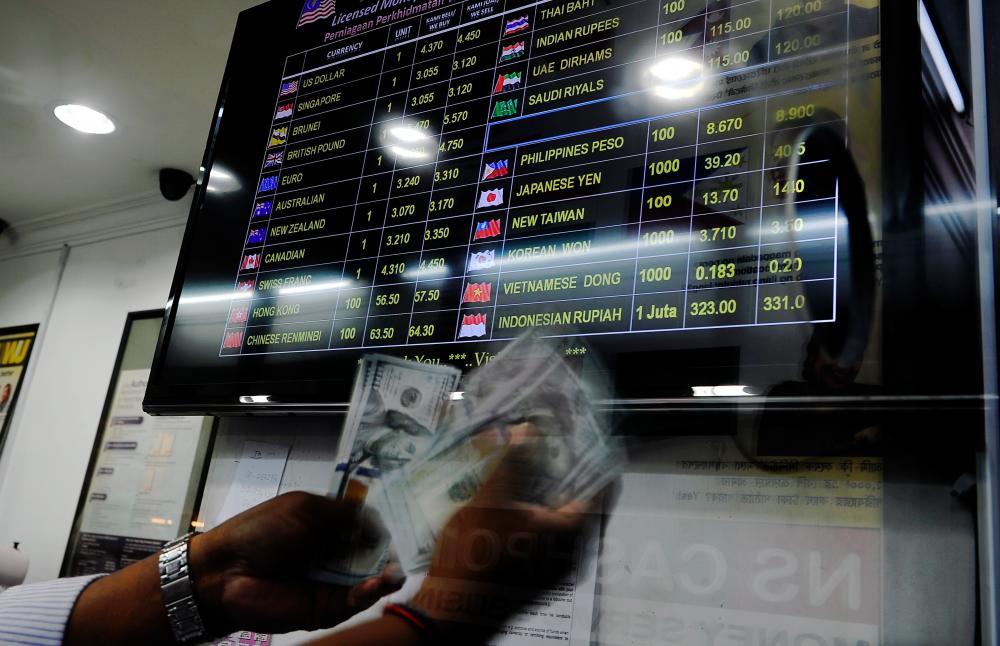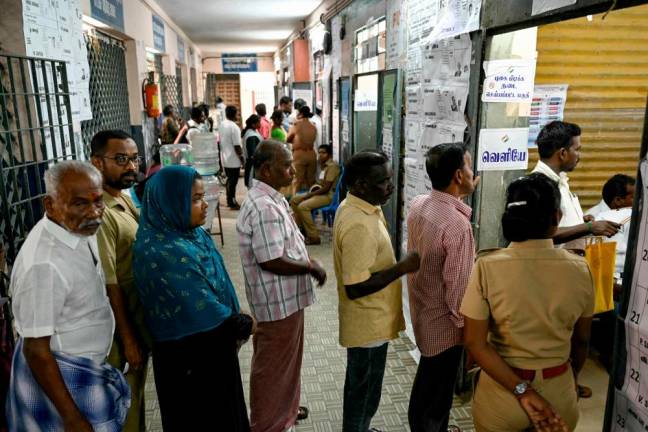PETALING JAYA: Foreign investors returned as net sellers of Malaysia’s debt securities in November with total foreign holdings declining by RM5.2 billion, after a short-lived increase of RM7.8 billion in the previous month, according to Kenanga Research.
It marked a fall of 2.7% month on month, the quickest pace since June 2018.
Consequently, the share of total foreign holdings of Malaysia’s debt inched lower to 13.5% from 14% in October.
The bulk of November’s decline was accounted by a net decline of Malaysian Government Securities (MGS) by RM5.4 billion (Oct: +RM4.7 billion), pulling down foreign holdings share of total MGS to 38.8% (Oct: 40.7%), as well as by a net decline of private debt securities (PDS) by RM300 million (Oct: +RM1.4 billion), slightly tilting the foreign holdings share of total PDS down to 2.1% (Oct: 2.2%).
Year to date, total net foreign bond holdings fell by RM19.6 billion.
Kenanga Research expects the outflow of portfolio funds to persist going into next year as there is a total of US$11.1 billion debt maturity in Q4’18 compared with US$6.4 billion in Q3’18, and as risk-averse sentiments remain in relation to trade war uncertainties, despite the announcement of 90-day new-tariff ceasefire by US President Donald Trump, as investors await further concrete resolutions to be put forward.
It said the sell-off occurred against a backdrop of financial market turmoil amid trade war jitters, tumbling global oil prices and Federal Reserve interest rate increases, albeit likely to happen at a more gradual pace and less frequent going forward.
“Based on our observation, the bond portfolio flow trend largely correlates with Fedspeak or the language of the US Federal Reserve. Apart from economic indicators, namely the less convincing job creation numbers in November, dovish statements of key Fed officials, including chairman Jerome Powell’s remark that the current benchmark interest rate is ‘just below’ neutral, suggests less aggressive rate hikes by the Fed for next year.”
This, it said, puts into question the three indicative rate hikes for 2019 and one in 2020.
“Nevertheless, a rate hike in December remained within our expectation.”
The US 10-year Treasury note average yield was seen dropping by 7 basis points (bps) to 3.10% in October (Oct: +15 bps), while the benchmark 10-year MGS average yield decreased by 3 bps to 4.11% (Oct: +4 bps). Consequently, the MGS-US Treasury average yield spread widened to 102 bps (Oct: 98 bps).
Kenanga Research expects the ringgit to come under pressure for the rest of the year but Opec’s decision to cut oil production by 1.2 million barrels per day for the first six months of 2019 may provide some support to the currency.
“Hence, we maintain our USD/MYR end-of-year forecast at RM4.15.”
The ringgit weakened 0.16% to 4.1725 against the greenback as at 5pmtoday.
On monetary policy, the research house expects Bank Negara Malaysia to hold the Overnight Policy Rate (OPR) at 3.25%.
“As domestic economic growth is ex-pected to taper off and inflation is expected to remain subdued, we believe BNM will hold the OPR unchanged at 3.25% till year end and potentially next year, in ensuring price stability and to remain supportive of growth,” it said.













